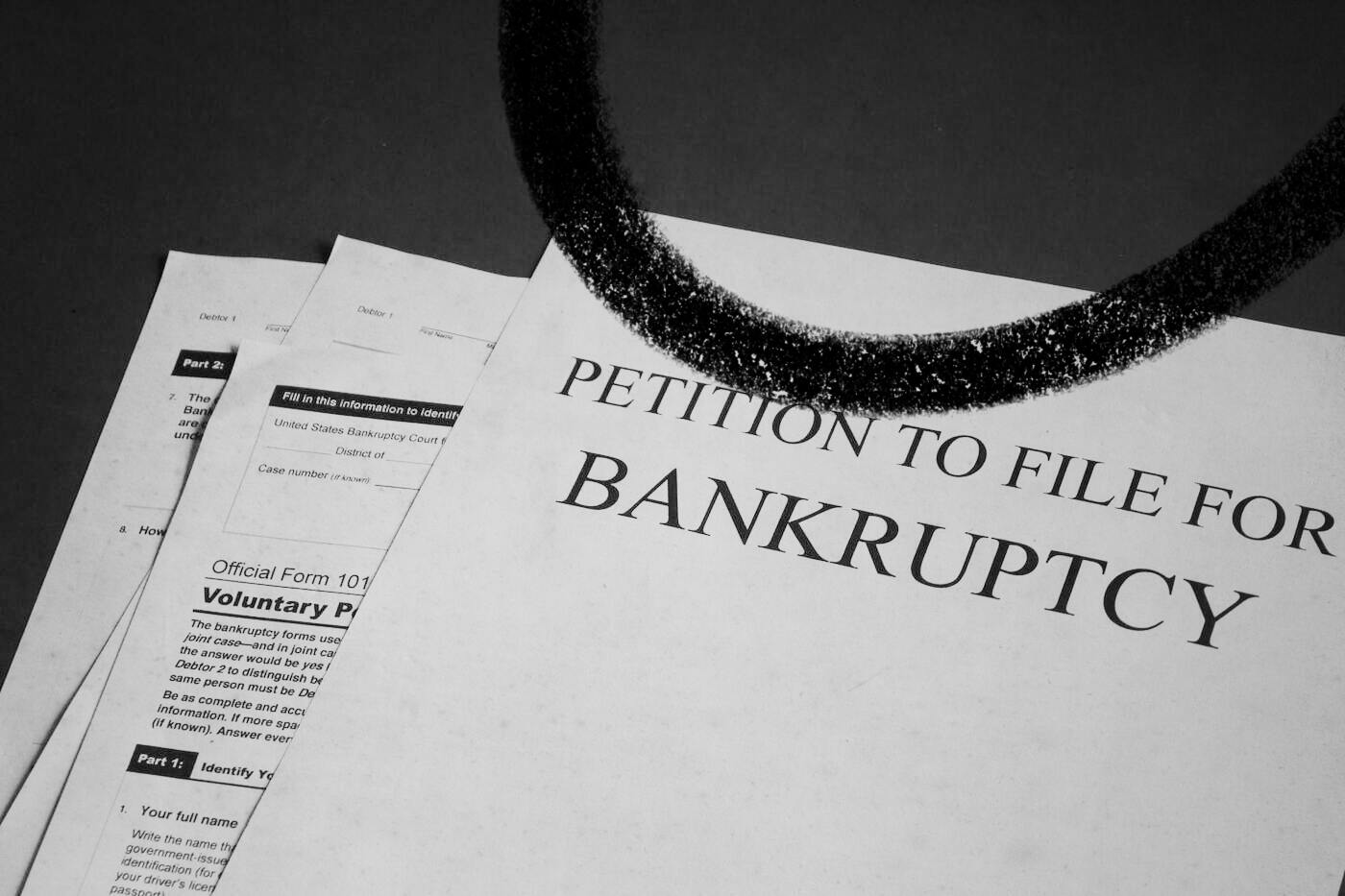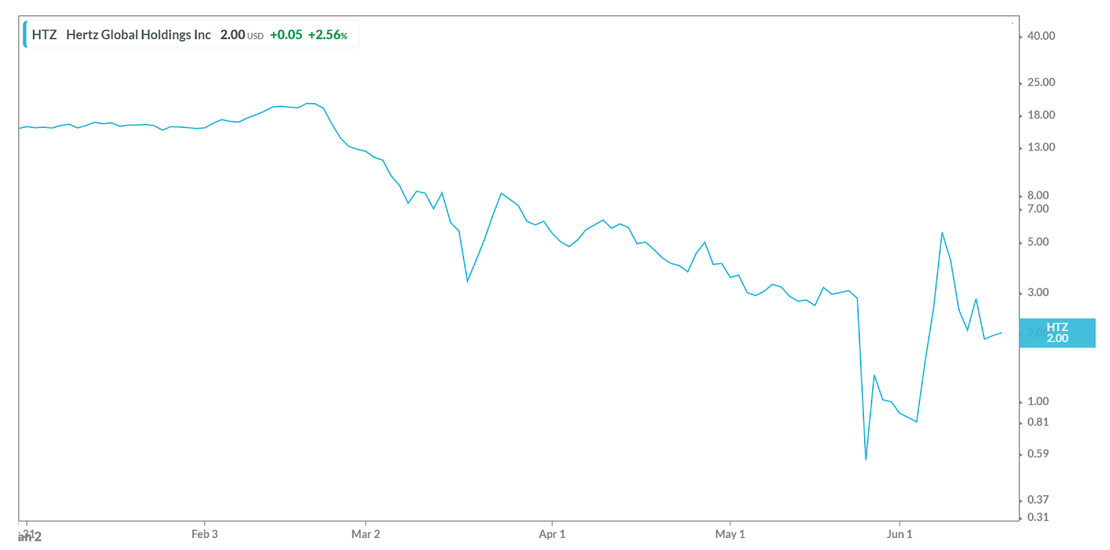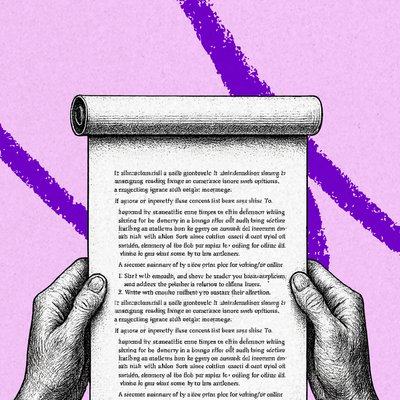
A few weeks ago, rental car company Hertz filed for bankruptcy. While there isn’t anything surprising about that — after all, air travel has slowed down and a huge part of their business is tied to travel — there is one very surprising fact. About a week after they filed for bankruptcy, their stock price shot right back up.
At the beginning, the Hertz situation was fairly similar to most other bankruptcy processes. The demand for car rental plummeted because of a big economic shift (caused by Covid-19) and so their business tanked. To make matters worse, unemployment increased and the demand for used cars fell, which was one of their largest assets. On May 22, Hertz filed for bankruptcy when they had $19 billion of debt on their balance sheet and around 700,000 idle rental cars.
Most investors gave up at this point. Legendary investor Carl Icahn sold his 55.3 million shares of the company on May 26 for around $40 million. An SEC filing from March showed his total position at $1.88 billion so the sale resulted in over $1.8 billion in losses for Icahn. The stock was trading at $0.56 per share, down from $20.29 just a few months prior. And it made sense: if the company was going bankrupt, equity holders would get wiped out completely. Selling for $40 million is better than nothing.
From there, things started to get weird. Hertz' stock price rose from $0.56 on May 26 to $5.53 on June 8 because of the hysteria caused by Barstool Sports founder Dave Portnoy and a band of retail investors mimicking his trades on Robinhood.
Basically, Portnoy posted videos where he pumped up the stocks he was investing in. As the loud (and often brash) founder of sports media empire Barstool Sports Portnoy had built up a large audience of loyal followers. Once sports -- and sports betting -- stopped, many people switched from getting Portnoy’s take on a game to his take on a stock.
Typically, it’s impossible to raise equity capital during bankruptcy. Why would anyone want to hop in to the lowest priority security of a company that’s going to reorganize or liquidate? Even the debt holders likely won’t be paid in full, so equity holders don’t get anything. But the stock kept rising.
And while retail investors were propping up the share price (signalling high demand), Hertz did the thing any enterprising business would do: give customers what they want. They asked the courts if they could raise money by issuing equity, selling more shares to the retail investors that were keeping the price above zero.
And the judge agreed to it. On June 11, Hertz was approved to issue equity, which at the recent peak price would have been worth around $1 billion. The cash that they raise will go to the Hertz “estate”, which means it will go into a pool to pay the lenders.
And to top it off, several Hertz directors sold shares near the peak of this bubble — salvaging a lot more cash than they would’ve otherwise received.
You may have heard the story of Hertz already. But in this article I want to dive into the financial guts of bankruptcy, tease apart what typically happens, and explain why the Hertz situation is especially strange. Let’s dive in.
Why Would a Company Use Debt at All?
When thinking about the Hertz bankruptcy, the first question you might ask is, why did they have so much debt in the first place? Excellent question.
In order to understand bankruptcy you have to understand how companies raise money. There are two ways to finance a company: debt and equity. Every form of capital is one of these. And unlike most goods, when talking about the cost to purchase capital we talk in percentages rather than absolute values. A pair of sneakers might cost $150 where a senior secured loan might cost 4.5%.
Broadly, the difference between equity and debt is that debt is borrowing money while equity is selling ownership. Equity is typically raised when things are uncertain with a business. It participates in the upside (if the company does well, the owners of the company do well), but it also has nothing preventing it from going to zero.
Debt is raised when there is more certainty about the business. Lenders only receive compensation through the agreed upon interest rate — they do not participate in the upside. For an example think of your house. If the value of your house increases, the bank doesn’t get any more than what you originally agreed upon.
The downside of debt, however, is that it sits above the equity holders in the capital stack. This increases the risk of the business for shareholders. If you can’t make a mortgage payment, the bank takes your home. It’s a similar story with corporate debt.
So which should companies use to finance operations? For mature companies, debt is often the preferred financing method because it’s cheaper. It’s cheaper for two reasons: it’s less risky (so investors require a lower return), and it lowers taxes. To make this a little more concrete, let’s use some examples.
Lower Risk
Imagine you own a hardware business that has $50 million in revenue and $10 million in operating income in Year 1 (ignore taxes for now). Let’s imagine you need $20 million in financing to spend on a new high-tech manufacturing facility. The reason you want to buy this new facility is it lowers your costs a lot: if you can purchase it, you will make $15 million in operating income in Year 2 instead of $10 million.
But you don’t have $20 million in cash on your balance sheet. Instead, you might have the following financing options:
The Only Subscription
You Need to
Stay at the
Edge of AI
The essential toolkit for those shaping the future
"This might be the best value you
can get from an AI subscription."
- Jay S.
Join 100,000+ leaders, builders, and innovators

Email address
Already have an account? Sign in
What is included in a subscription?
Daily insights from AI pioneers + early access to powerful AI tools











Comments
Don't have an account? Sign up!